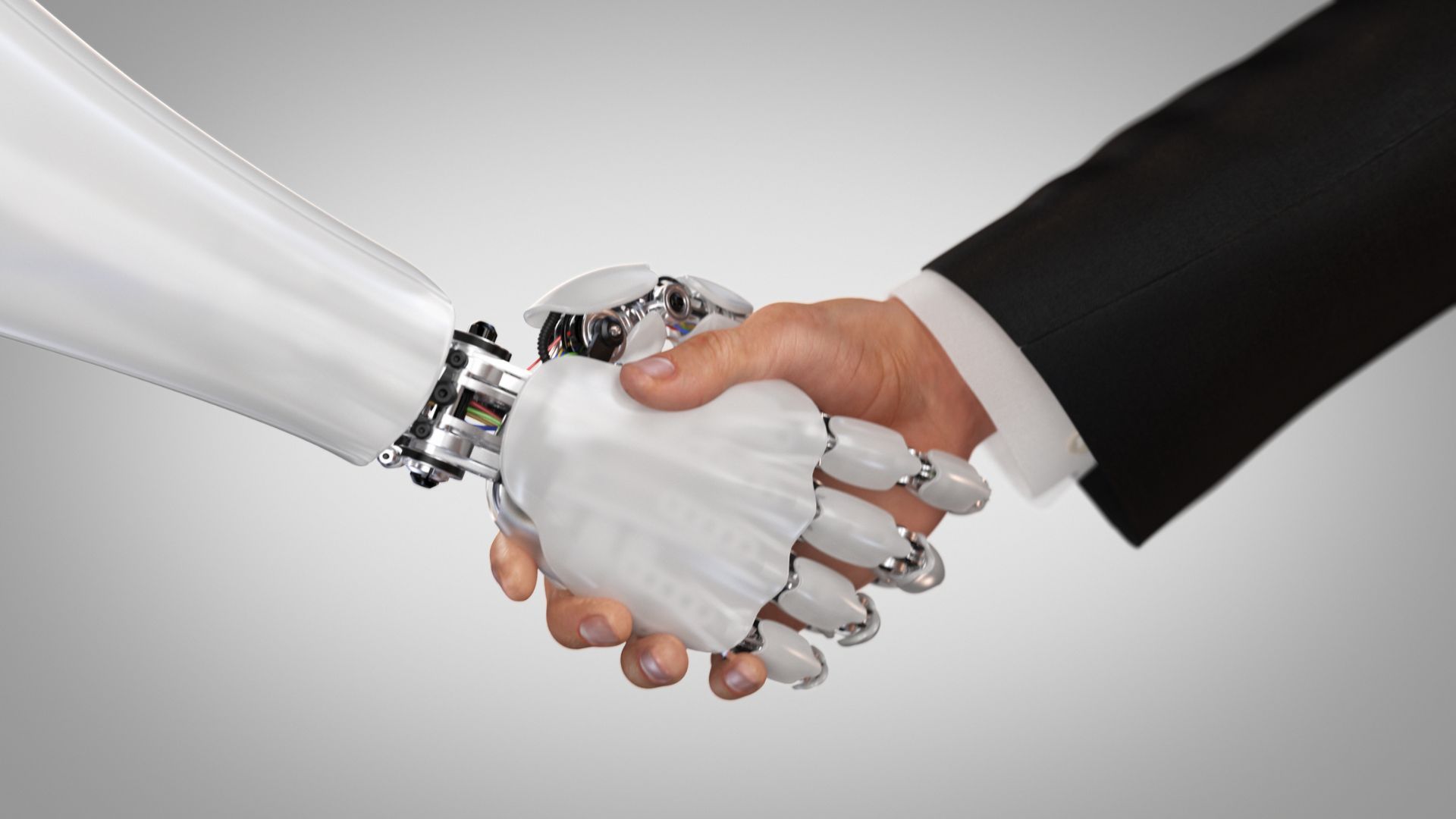The Evolution of Working from Home: Balancing Flexibility and Productivity
Katarina Mali • October 13, 2024

The Evolution of Working from Home: Balancing Flexibility and Productivity
The rise of remote work has transformed the global workforce, particularly after the COVID-19 pandemic, shifting how businesses operate and how employees manage their professional lives. Before 2020, working from home was often seen as a luxury or rare perk offered by forward-thinking companies.
However, post-pandemic, it has evolved into an expectation rather than a benefit. According to a 2023 survey, over 58% of workers globally now expect some level of remote work in their roles, and over 74% of employees believe flexibility in work location improves their work-life balance.
This change has opened up vast opportunities for employers. By offering remote work options, companies can tap into a much larger talent pool, allowing them to attract candidates from different cities, countries, or even continents. However, with this new approach comes a challenge—balancing employee autonomy and maintaining productivity.
For some employers, managing a remote workforce requires a leap of faith, one that hinges on trust and effective communication. Despite these challenges, the data is clear: flexibility in the workplace is no longer a luxury but a necessity, both for attracting talent and maintaining a satisfied workforce.
"Some employers we've talked to have concerns around productivity. You can't see them 24/7, so there's always a question of whether they're working or taking advantage of the situation."
In a recent Australia Market Update, Senior Legal Recruitment Consultant Katarina Mali and Talent Acquisition Coordinator Esha Nischol discussed the growing importance of remote work and the complexities it brings to both employers and employees. Katarina reflected on how the post-pandemic landscape has shifted expectations. "The overall work-from-home flexibility piece was this new ground that everyone was trying to tread," she explained. "Since then, it's become the norm, not really a benefit anymore, but a given and an expected part of the job."
This shift has allowed employers to broaden their talent search, making it easier to hire people who may not have been able to work in-office. "Remote work provides employers access to a talent pool that maybe they wouldn't have had previously, whether it's candidates who live overseas, like to travel, or those with personal commitments," Esha noted. This flexibility also gives employees the freedom to maintain a better work-life balance, catering to personal needs while still being productive.
However, with these benefits come certain concerns. Katarina raised the issue of productivity and accountability, a common challenge for businesses trying to maintain oversight of remote staff. "Some employers we've talked to have concerns around productivity. You can't see them 24/7, so there's always a question of whether they're working or taking advantage of the situation." For some, the idea of remote work flexibility can blur the lines, leading to potential abuses of the system.
Esha also mentioned how this lack of physical presence impacts office culture and collaboration. "Some businesses struggle to find times where people can collaborate, and I think some of the best work happens when you're all around a table together," she explained. Despite the challenges, many companies have found ways to maintain a sense of unity with "anchor days" where all staff are required to come into the office, ensuring face-to-face collaboration.
Moreover, both speakers pointed out that forcing employees back to the office full-time could have detrimental effects, such as increased turnover and reduced morale. "When you take away that flexibility, employees feel pushed or confined to the office, and it decreases morale. I've noticed that when people are allowed to work flexibly, their work is often of a higher quality because they appreciate the opportunity," Katarina added. The cost of commuting, both in terms of time and money, further exacerbates these issues. As Katarina noted, "Parking costs alone can range from fifty to seventy dollars a day, and then there's the added stress of two hours of travel time."
Looking ahead, both Esha and Katarina believe that remote and hybrid work models are here to stay. "I personally think remote and hybrid models are like here to stay," said Katarina. "What companies will do is review what working from home and flexibility looks like and tailor it to their needs, whether it's flexible hours or set anchor days."
For businesses and employees navigating the world of remote work, there are several strategies to ensure success while maintaining productivity and collaboration.
- Set Clear Expectations: Employers should outline specific guidelines for remote work, such as availability during core hours, communication protocols, and expectations for meeting attendance. Clear boundaries prevent misunderstandings and ensure employees know what's expected of them.
- Focus on Outcomes, Not Hours: It's crucial for employers to shift their mindset from micromanaging hours to focusing on the results. When staff deliver high-quality work on time, the number of hours spent online becomes less relevant.
- Create Opportunities for Collaboration: While remote work has many advantages, it can sometimes lead to isolation. Encourage regular team check-ins, virtual brainstorming sessions, and, if possible, in-person meetings to foster teamwork.
- Invest in Technology: Ensure that both employers and employees have the tools and infrastructure needed for remote work. This includes reliable video conferencing software, cloud-based collaboration platforms, and secure communication tools.
- Prioritise Mental Health and Well-being: Remote workers can sometimes feel disconnected or overwhelmed. Employers should offer support by promoting mental health initiatives, encouraging breaks, and fostering a culture that values work-life balance.
Find the job you love I Find the right talent
Get in touch with people2people
Australia I United Kingdom
In business since 2002 in Australia, NZ, and the United Kingdom, people2people is an award-winning recruitment agency with people at our heart. With over 12 offices, we specialise in accounting and finance, business support, education, executive, government, HR, legal, marketing and digital, property, sales, supply chain, and technology sectors. As the proud recipients of the 2024 Outstanding Large Agency and Excellence in Candidate Care Awards, we are dedicated to helping businesses achieve success through a people-first approach.
Find the job you love I Find the right talent
Get in touch with people2people
Australia
I
United Kingdom
In business since 2002 in Australia, NZ, and the United Kingdom, people2people is an award-winning recruitment agency with people at our heart. With over 12 offices, we specialise in accounting and finance, business support, education, executive, government, HR, legal, marketing and digital, property, sales, supply chain, and technology sectors. As the proud recipients of the 2024 Outstanding Large Agency and Excellence in Candidate Care Awards, we are dedicated to helping businesses achieve success through a people-first approach.






